Intelligence e definizione della minaccia terroristica
Dal terrorismo convenzionale al “Nuovo Terrorismo Insurrezionale” di matrice islamica. Foreign Fighter e “lupi solitari” come fattore di destabilizzazione interna agli Stati.
di Claudio Bertolotti
articolo completo pubblicato su Sicurezza, Terrorismo e Società – “INTERNATIONAL JOURNAL, Italian Team for Security, Terroristic Issues & Managing Emergencies”, Vol. 5, n. 1/2017, EduCatt ed., pp. 111-130, ISSN 2421-4442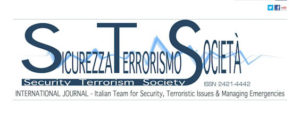
Abstract
Gli attentati in Europa e in Turchia del 2015 e 2016 confermato un’efficiente capacità operativa e di coordinamento da parte del “fenomeno Stato islamico” (IS), evoluzione della realtà proto-statale dello Stato islamico da cui deriva.
Un’evoluzione che, se da un lato, si è sviluppata seguendo un approccio che possiamo definire aziendale attraverso le fasi di marketing, premium-branding, franchising e outsourcing, dall’altra, ha portato all’adozione, sviluppo e adattamento di tecniche offensive in quello che possiamo definire “teatro operativo urbano europeo”, in primis le tecniche dei commando suicidi e dei “team-raid” tattici.
Al tempo stesso il “fenomeno Stato islamico” ha aumentato la sua capacità offensiva potenziale con il rientro dei foreign fighters a cui si uniscono i soggetti operativi di prossimità, i “lupi solitari” all’interno dei propri stati, le donne, operative ma anche mogli e madri dei combattenti, e i bambini-soldato – i c.d. “leoncini” – impiegati anche come attaccanti suicidi.
Manca però una definizione condivisa del nuovo modello di terrorismo e delle sue caratteristiche. Una mancanza che può pregiudicare il successo di una strategia di contrasto poiché priva di un comune e condiviso parametro di valutazione gli organi di intelligence, la polizia giudiziaria e l’attività di analisi della minaccia.
Nello specifico, si propone un nuovo approccio metodologico finalizzato alla definizione, lettura, e analisi del fenomeno stesso a partire dalla natura che è specifica di un terrorismo fluido, dinamico e multidimensionale: il “Nuovo Terrorismo Insurrezionale”.
Keywords
Commando suicida, Foreign Fighter, intelligence, Isis, Nuovo Terrorismo Insurrezionale, Stato islamico, Terrorismo.
Abstract
The 2015-2016 terrorist attacks in Europe confirm the effective operational capability of the “phenomenon” Islamic State (IS), that has shifted from the quasi-state nature with a territorial control, to a denationalized and without borders nature.
An evolution that shows, on the one hand, a “business approach” based on the four phases of marketing, premium-branding, franchising and outsourcing; on the other hand this evolution, represents the adaptation of the guerrilla and military approach to the “European urban operational warfare”, in particular because the suicide commandos and the tactical “team-raids”.
Furthermore, the “phenomenon Islamic State” is growing its potential offensive capability because of four human elements: the return of the foreign fighters, the role played by the “lone-wolves” (“proximity” operational subjects) in their own countries, the women, in operational roles in para-military units or in “social roles” as mothers and wives and, finally, the child-soldiers – also known as “lion cubs” – employed also as suicide attackers.
Taking into consideration the changing nature of the threat and the approach to contrast it, what is still missing is a common definition of the new model of terrorism and its characteristics.
It lacks of a theoretical and legal approach that could influence the effectiveness of a strategy to contrast the phenomenon because of absence of a common and shared vision on the menace, in particular by the intelligence agencies, the national and international police and the strategic analysts.
In the current debate on what are the characteristics of the threat, its weaknesses and the possible solution, Author of the present article proposes a new methodological approach finalized to define, understand and analyze the phenomenon, starting from the specific nature of a terrorism that is fluid, dynamic and multidimensional: the “New Insurrectional Terrorism”.
Keywords
Foreign Fighter, intelligence, Isis, Islamic State, New Insurrectional Terrorism, suicide commando, terrorism



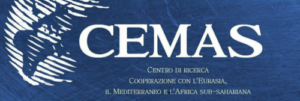




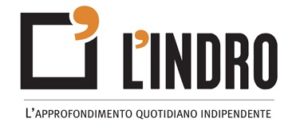


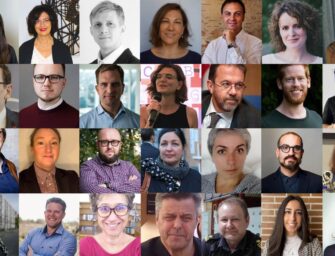


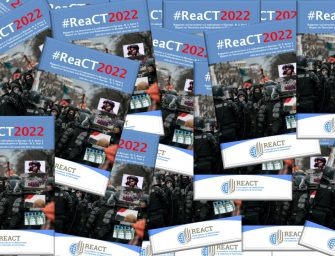

There are no comments
Add yours